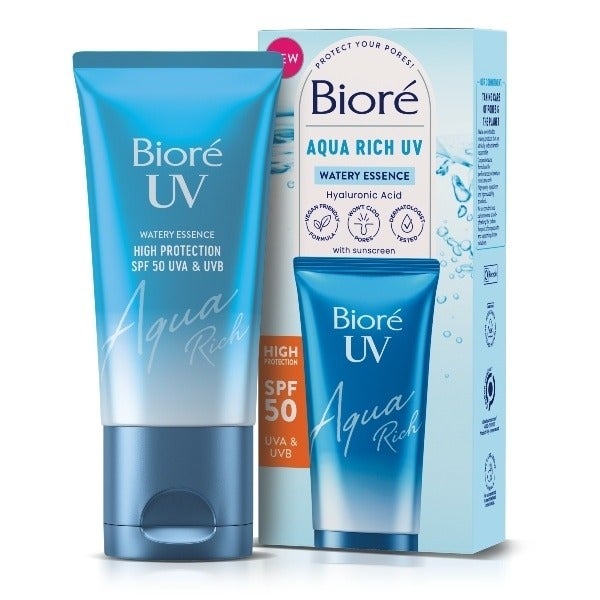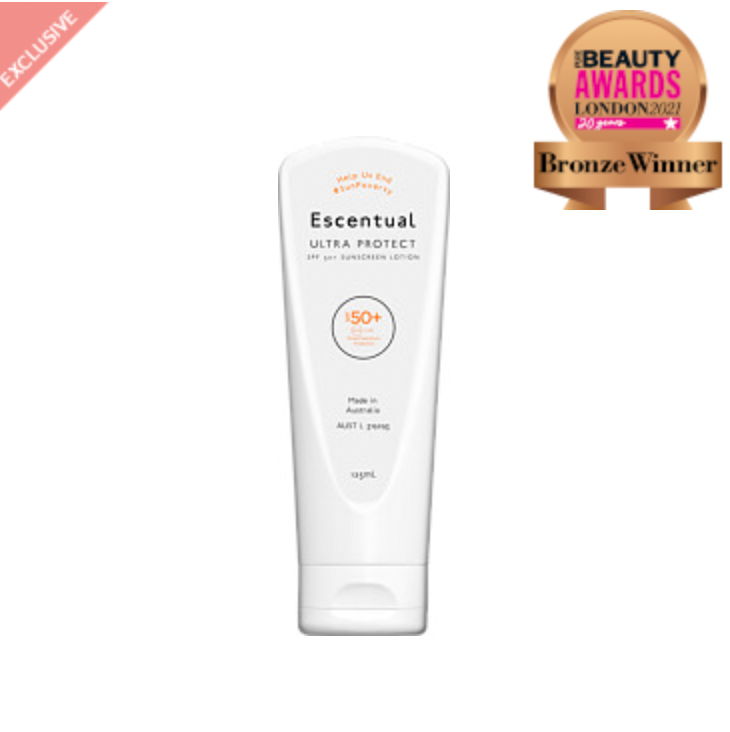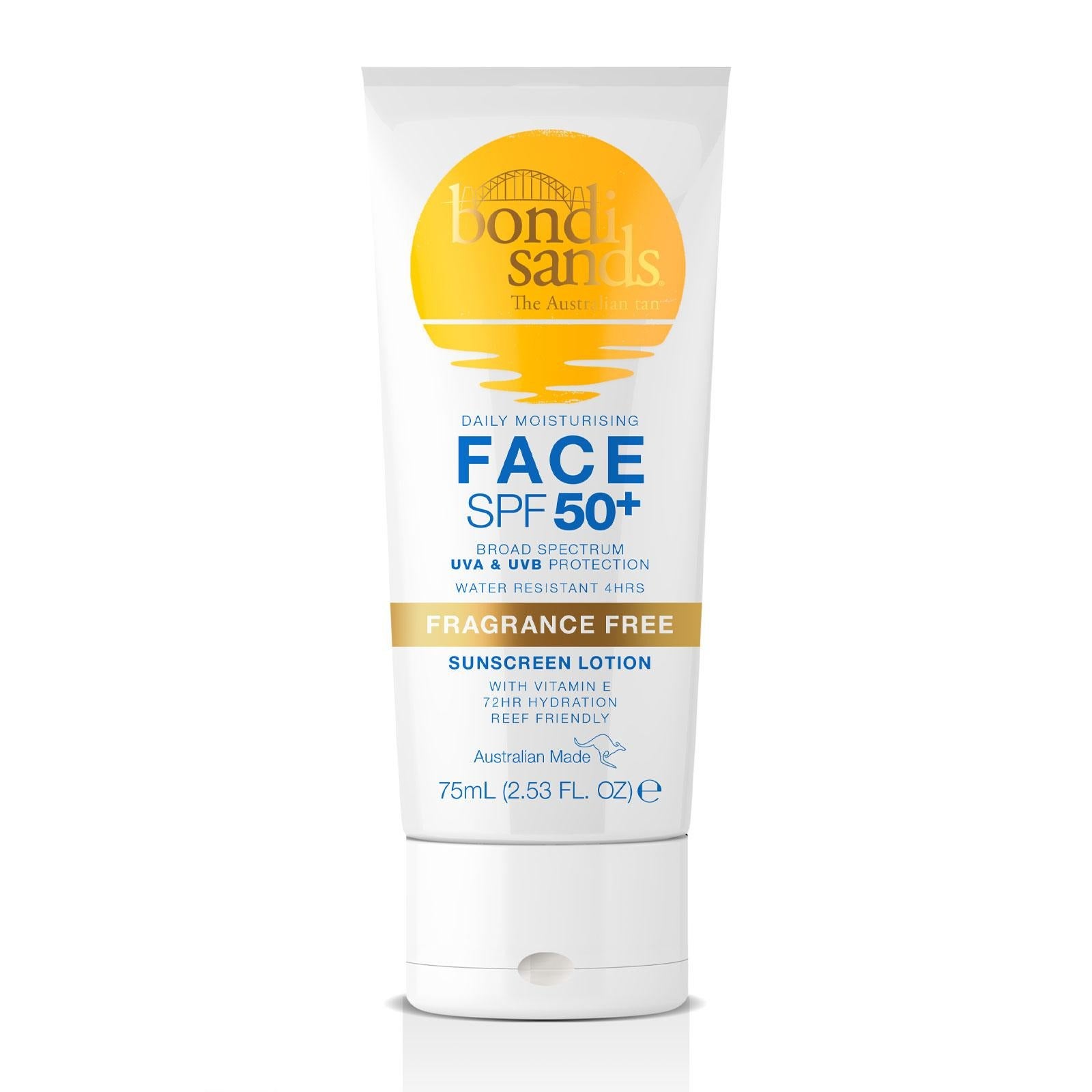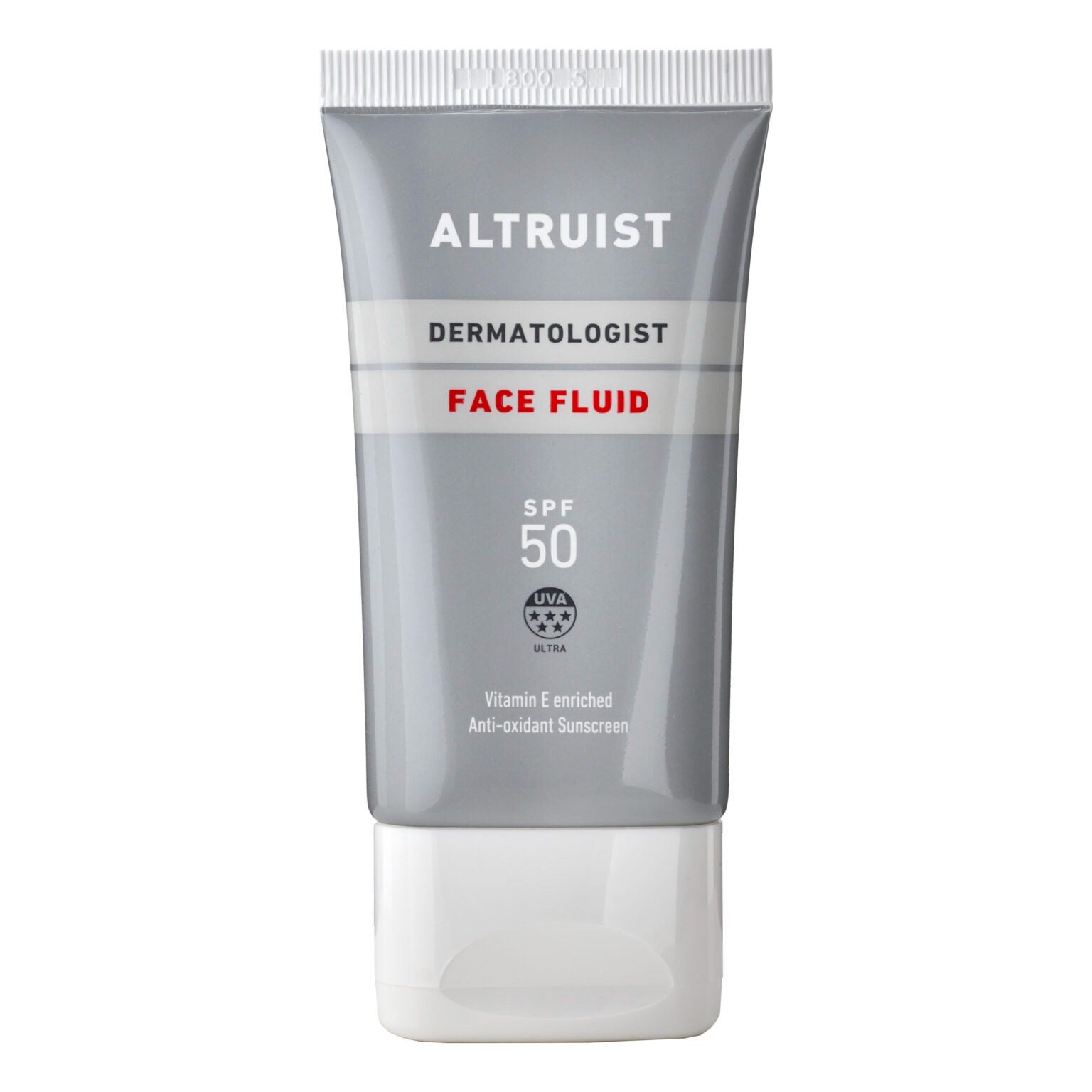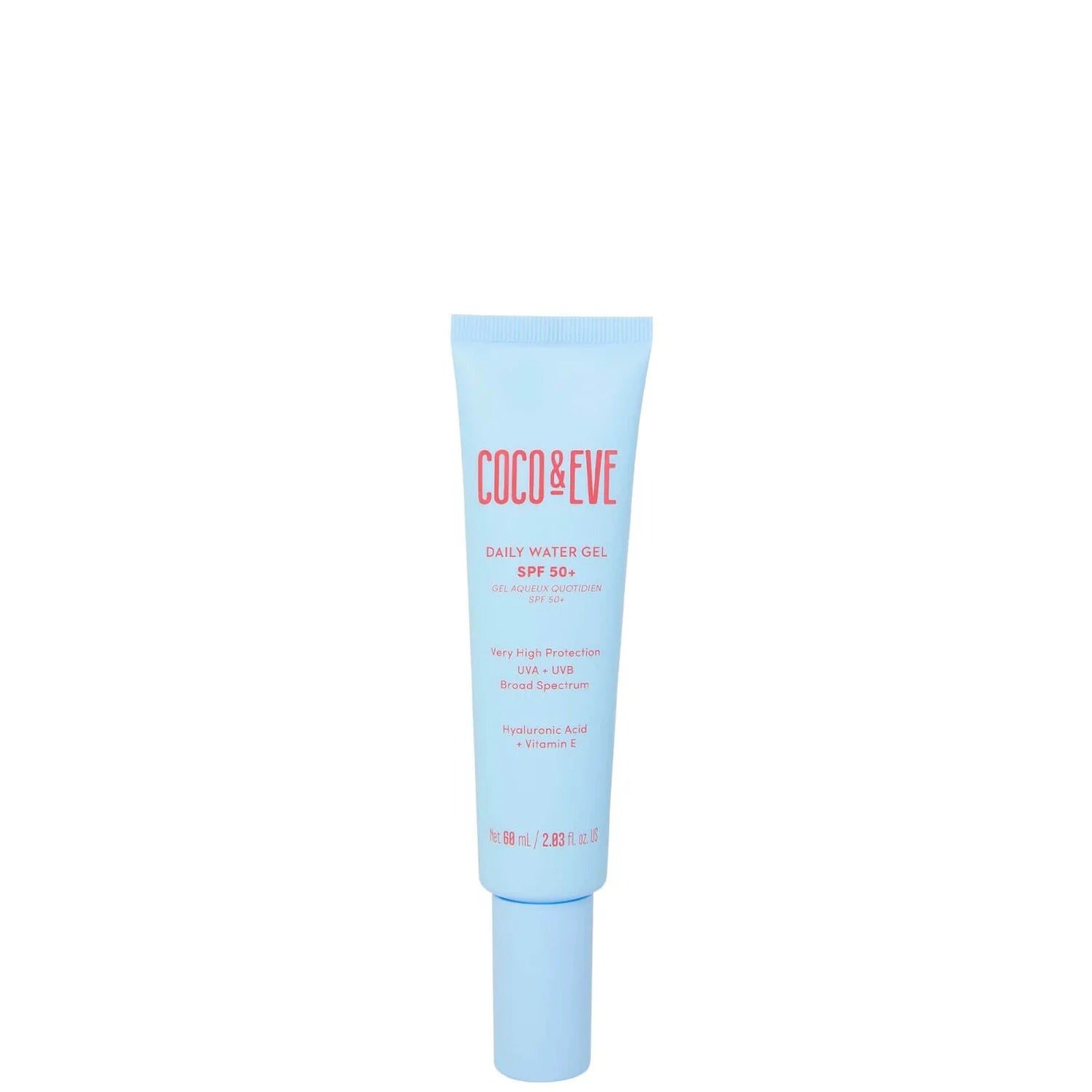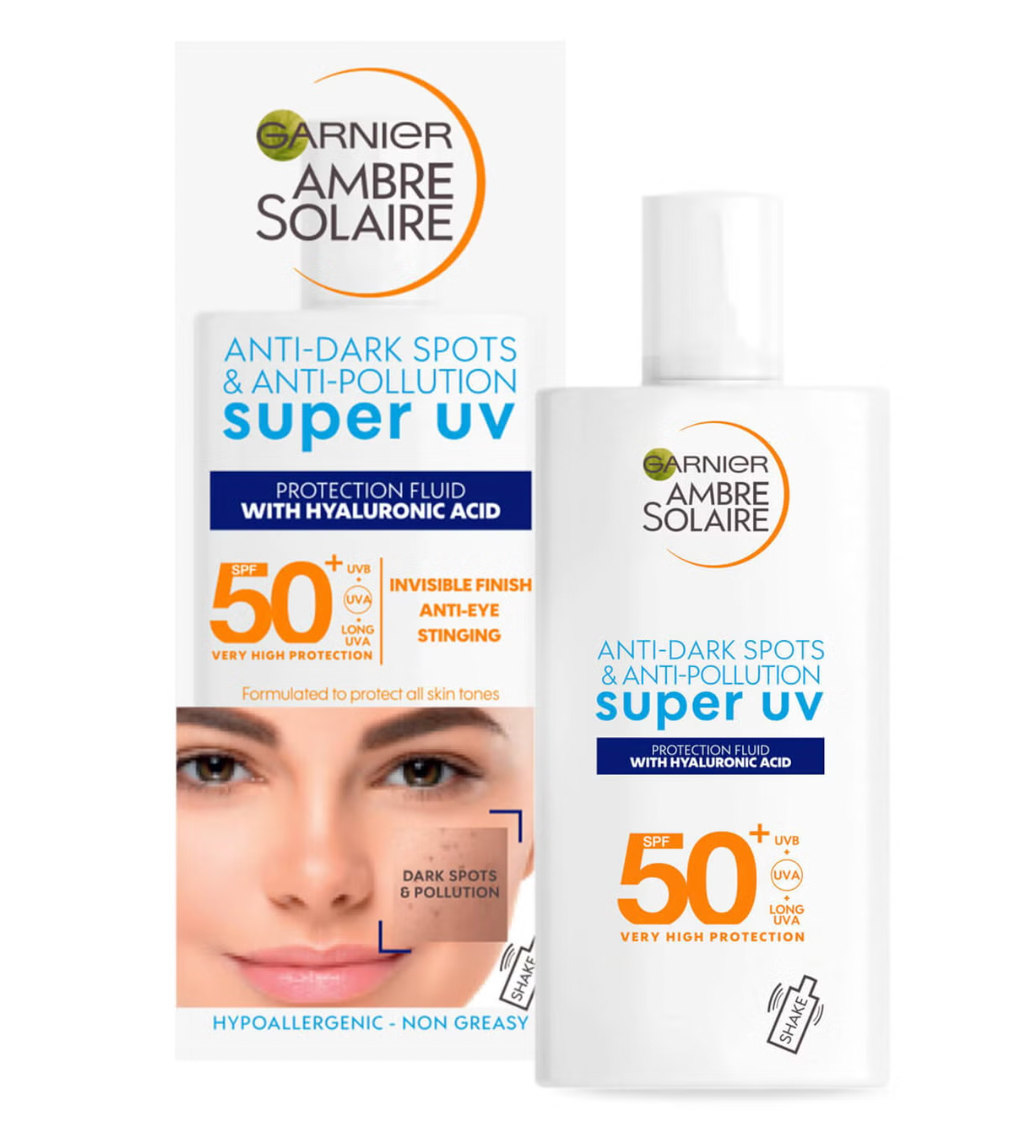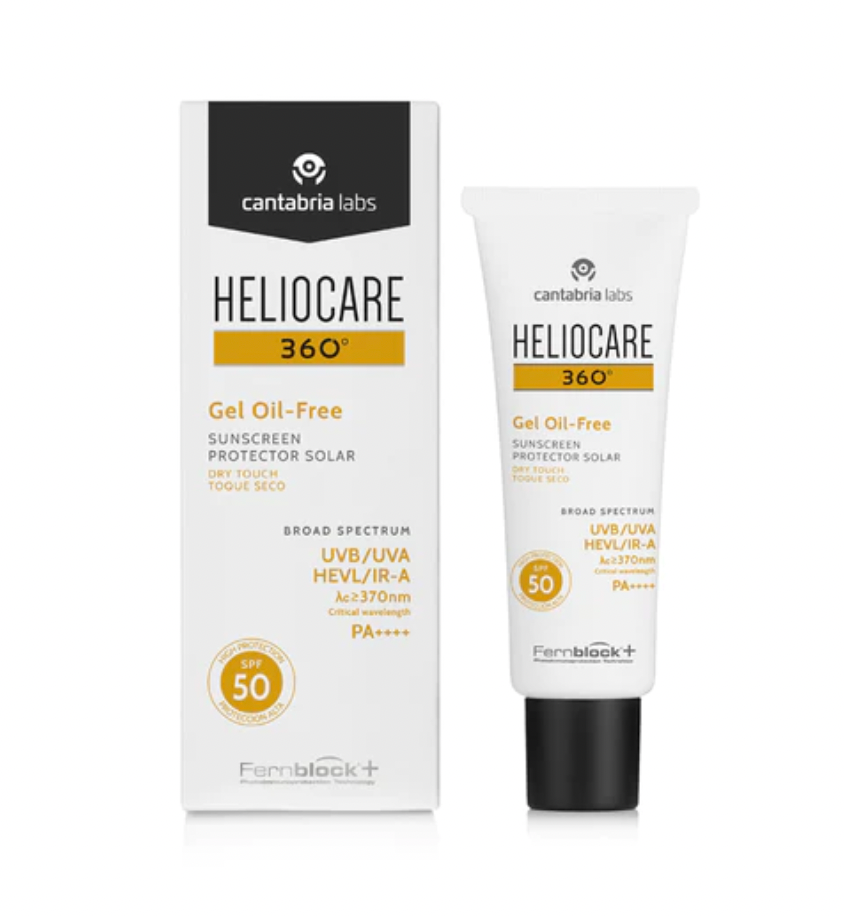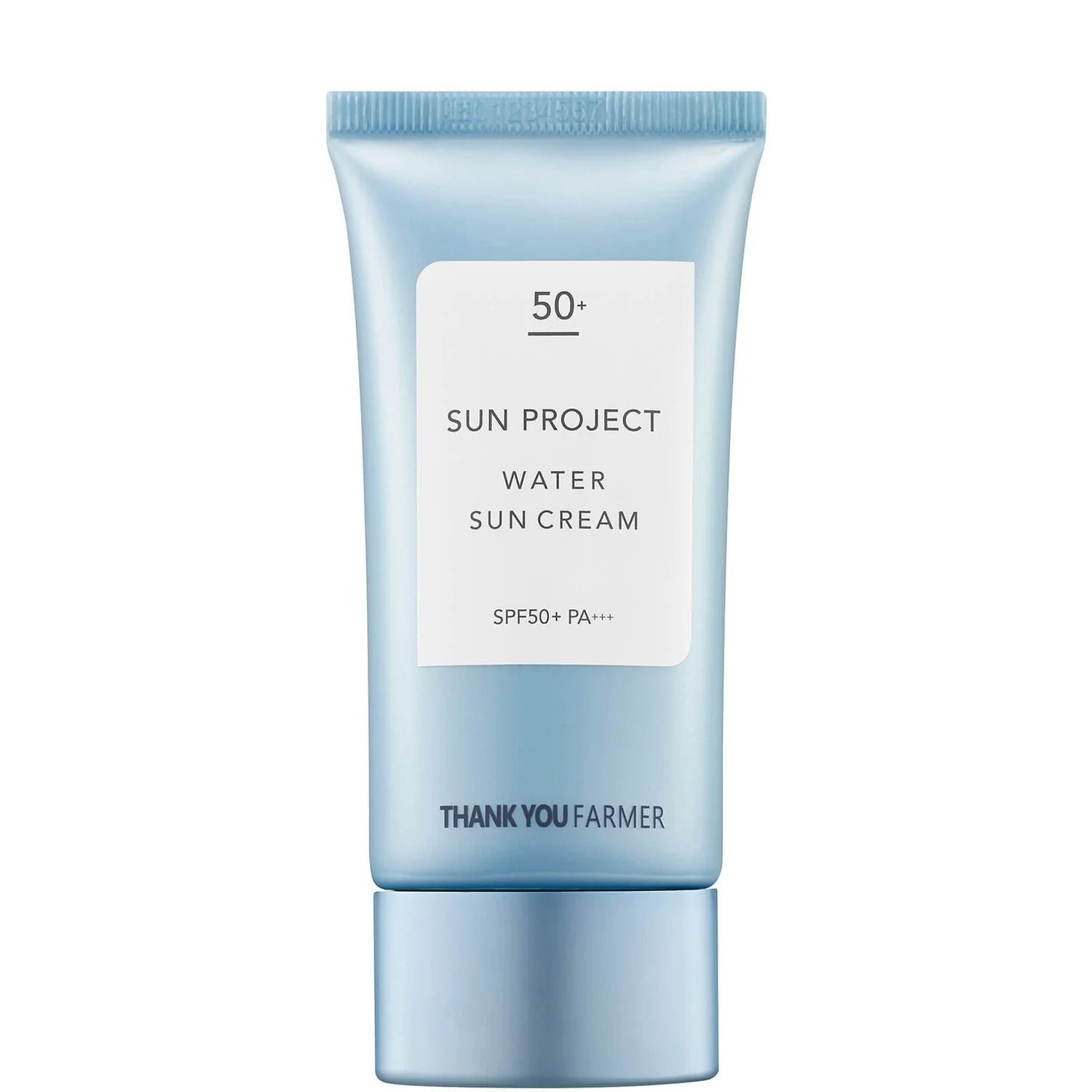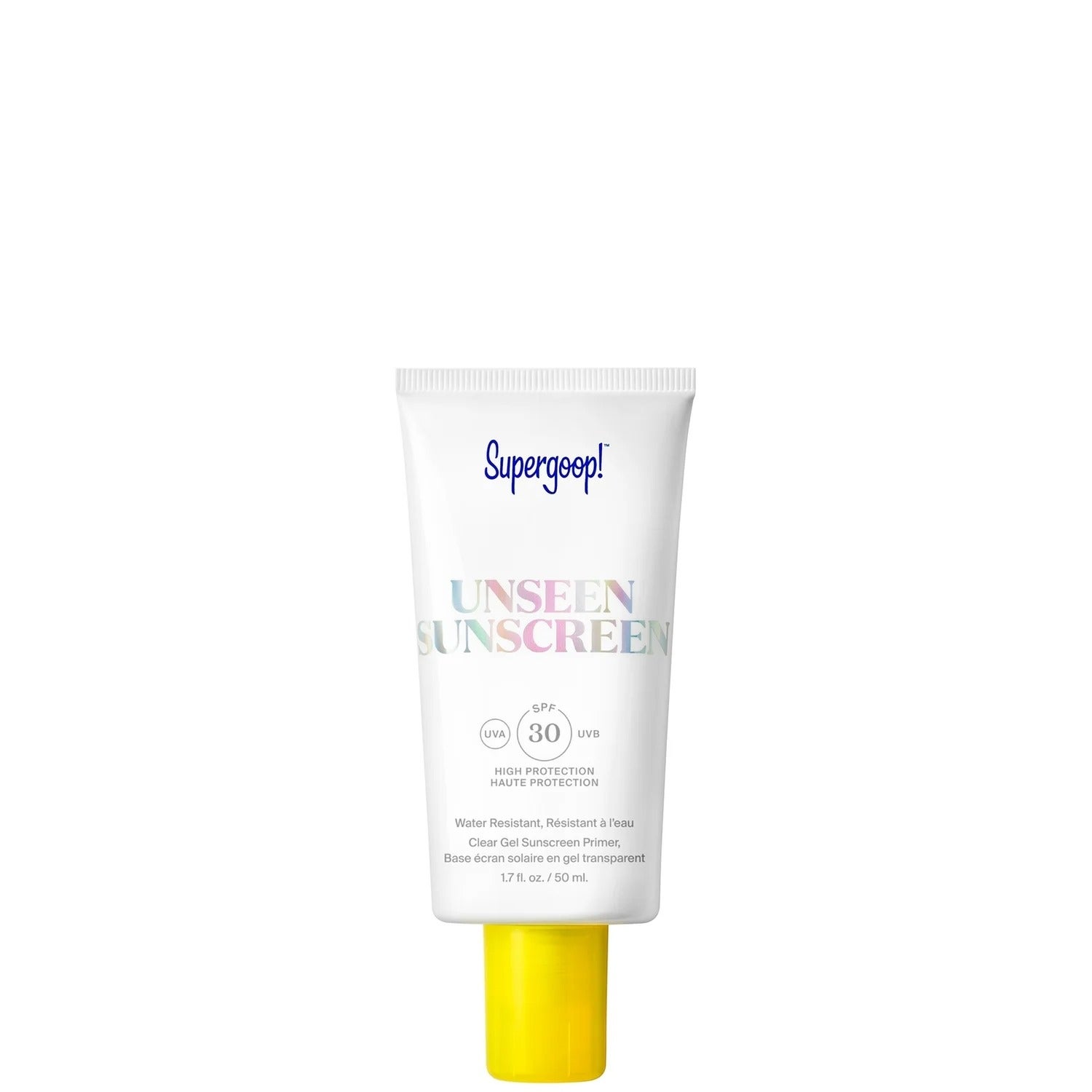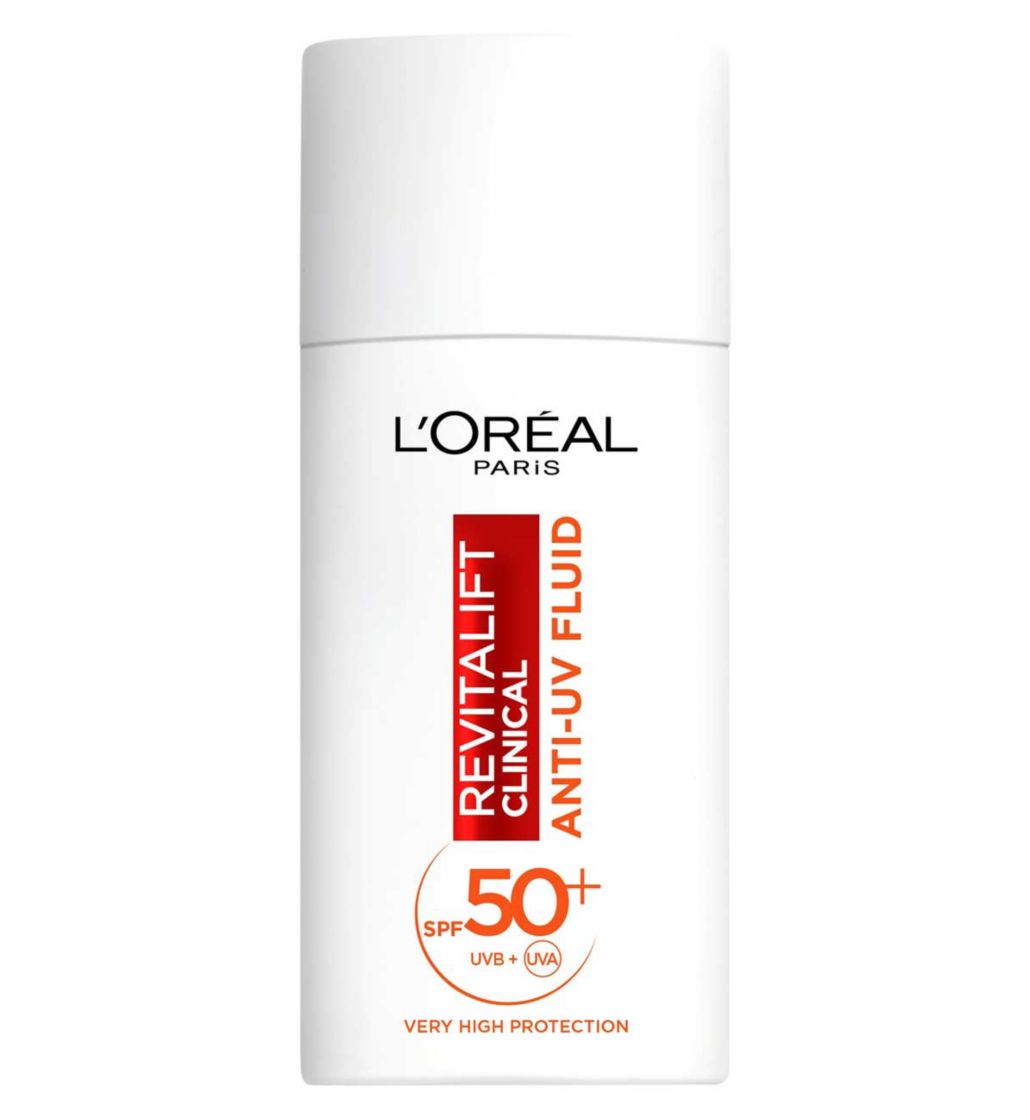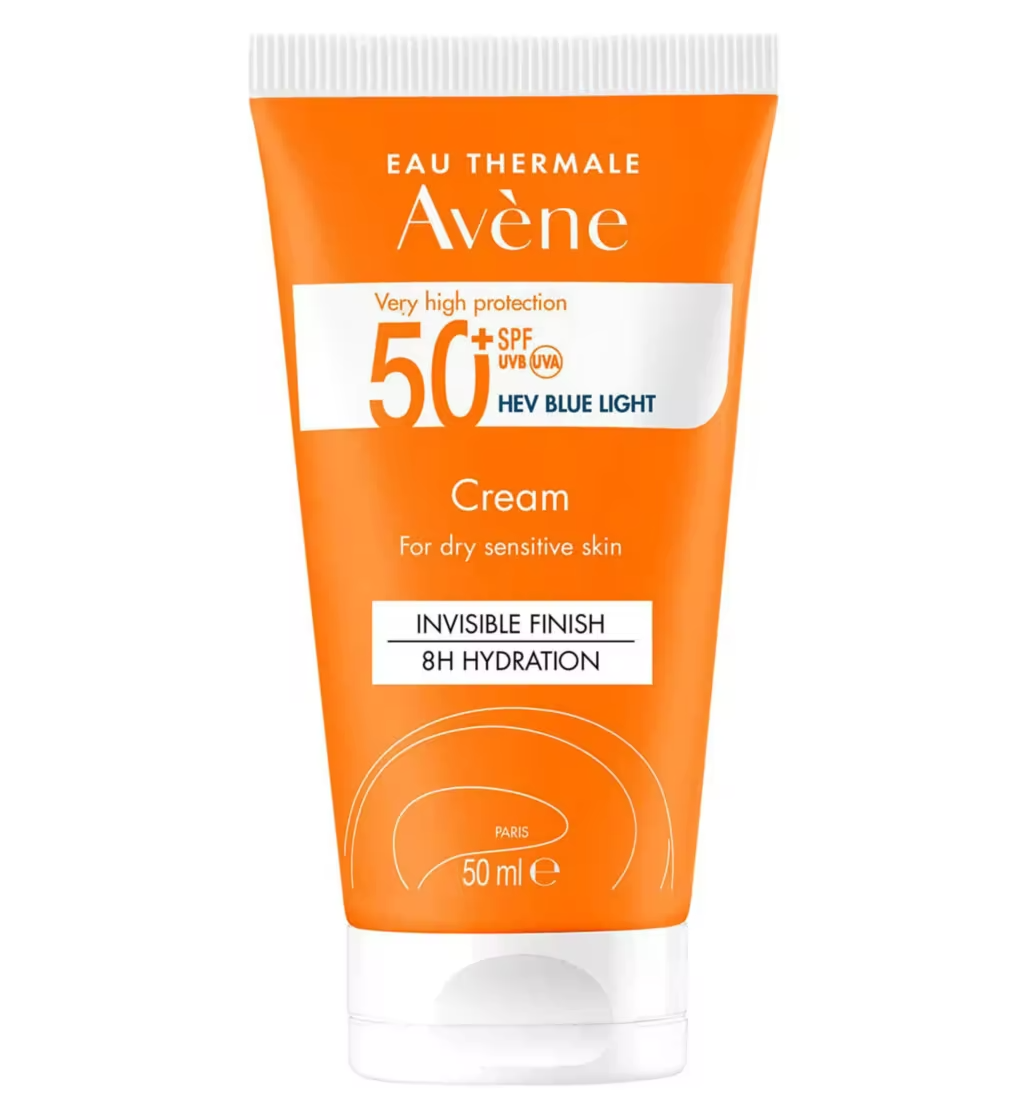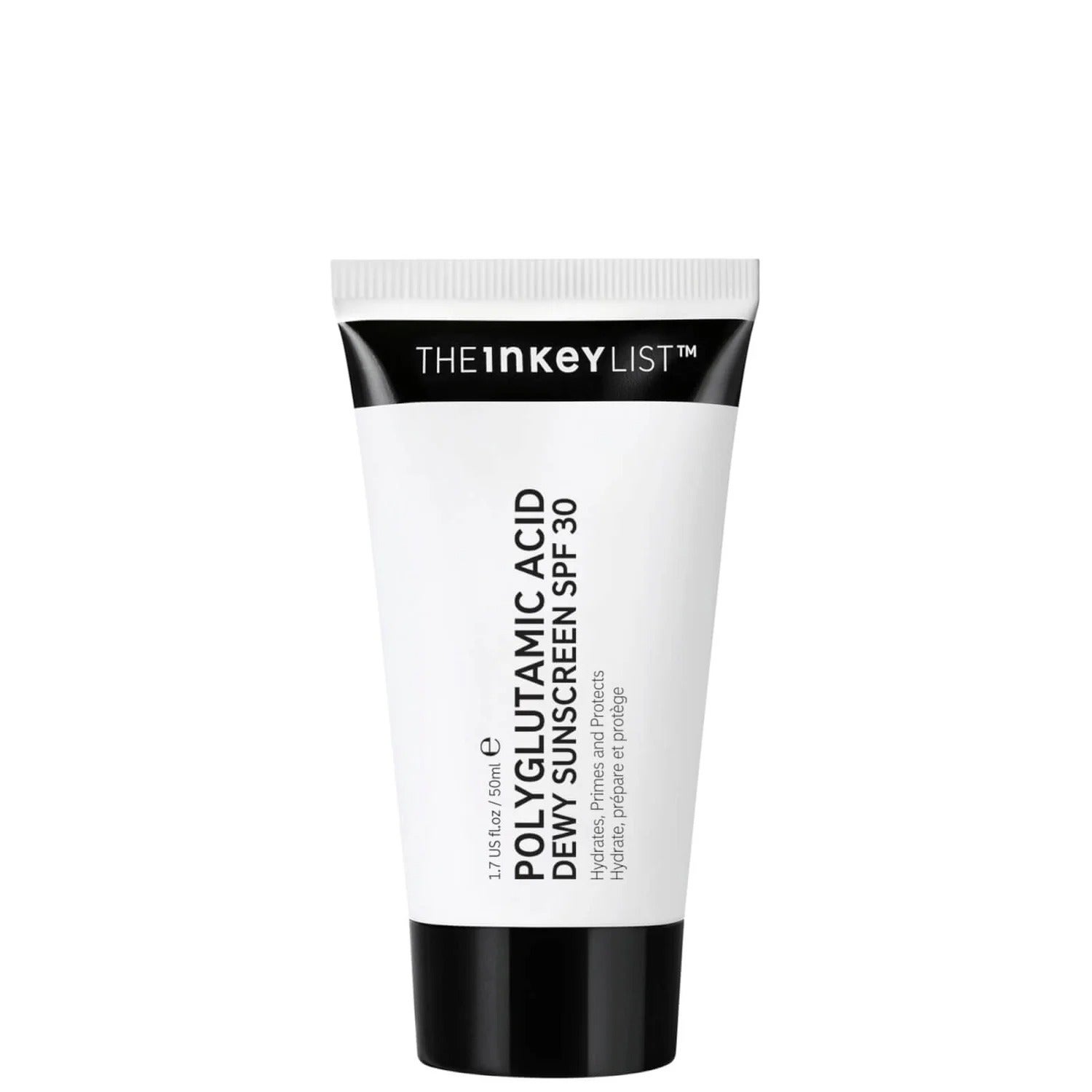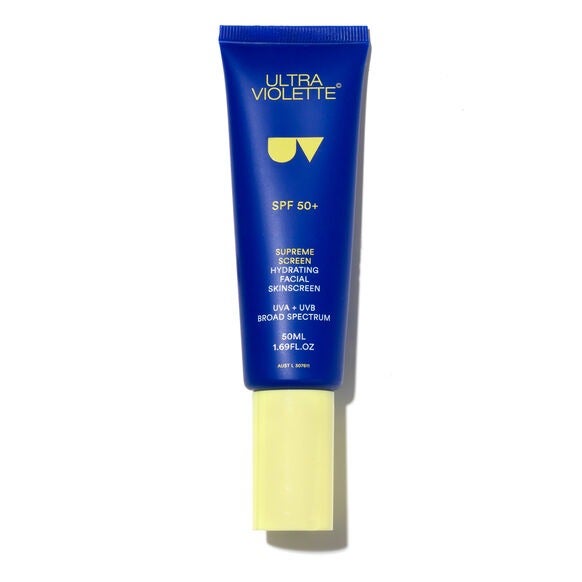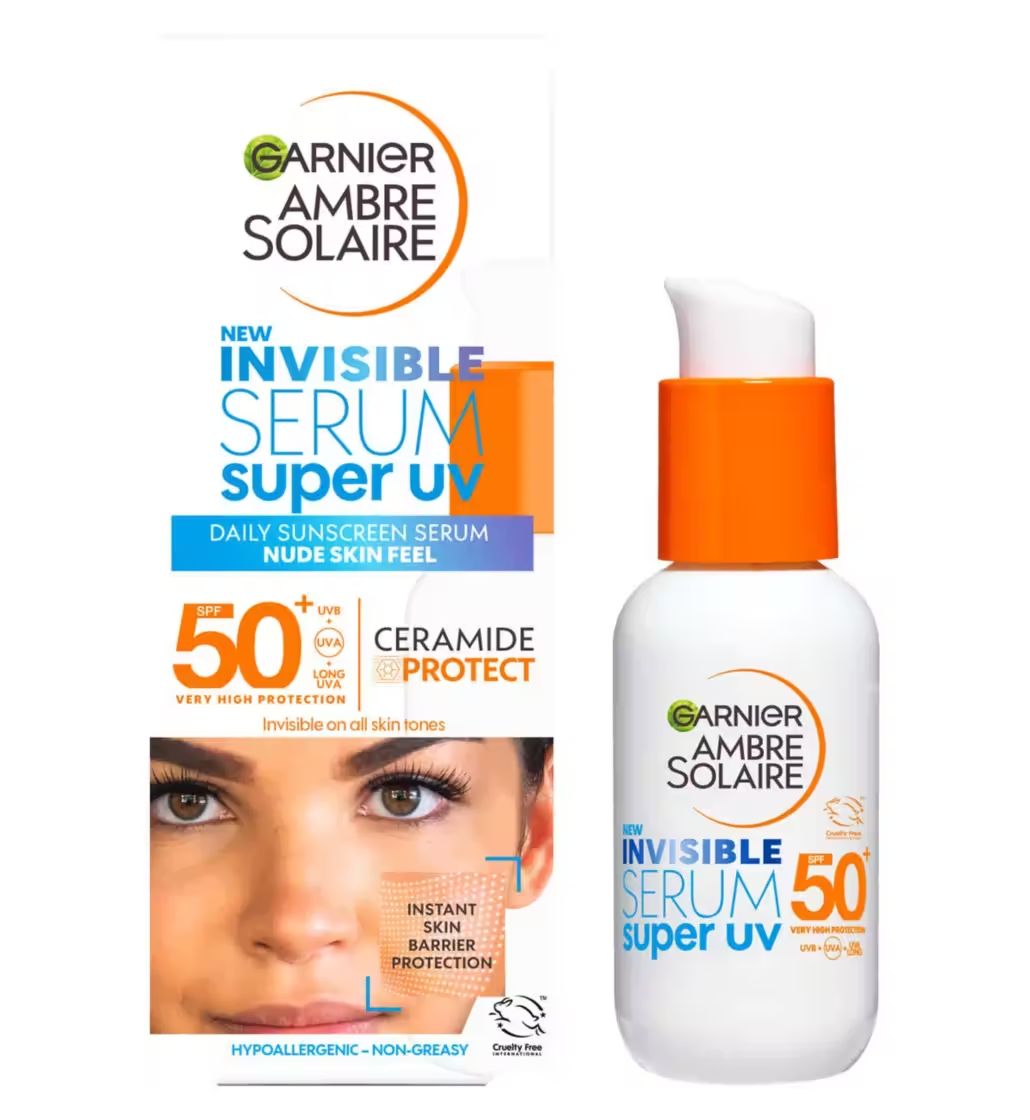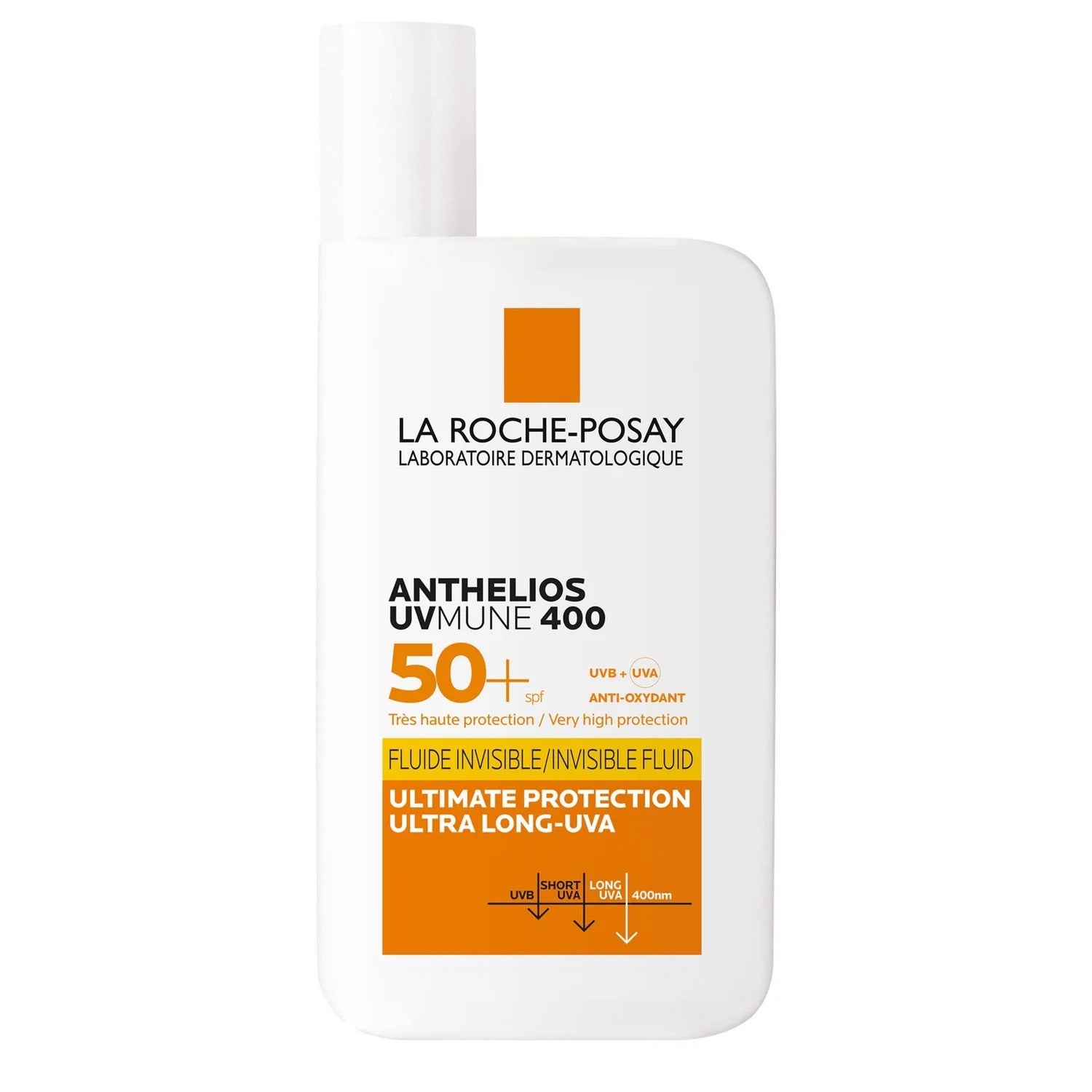Welcome to Sun Blocked, Refinery29’s global call to action to wake up to the serious dangers of tanning. No lectures or shaming, we promise. Instead, our goal is to arm you with the facts you need to protect your skin to the best of your ability, because there’s no such thing as safe sun.
For a skincare product with a goal of getting people to use more of it, the messaging around sunscreen can be a little bit shaming — and a whole lot confusing. Depending on the day, chemical sunscreen is either 'toxic' and disrupting our endocrine system or totally safe; oxybenzone, a key sunscreen ingredient, is either single-handedly destroying the coral reefs or it’s a complicated subject that warrants further research. With all the conflicting information and marketing scare tactics, it’s no wonder so many people aren’t nearly as diligent about sun protection as they should be.
AdvertisementADVERTISEMENT
That said, the semantics of sunscreen do matter. Obviously we want to protect our skin from melanoma and premature ageing so separating fact from fiction — and flat-out speculation — is crucial. Between skincare companies pushing their own agendas and word-of-mouth fallacies we’ve all heard before ('base tan', anyone?), there’s no shortage of misinformation on the subject.
Ahead, we ask skincare experts to help clear up some of the biggest (and most dangerous) sunscreen myths.
Myth: Mineral sunscreen is safer and more effective than chemical sunscreen.
Mineral sunscreen, also called physical or non-absorbed sunscreen, is made up of minerals — specifically, zinc and titanium dioxide. They create a physical barrier on your skin that reflects UV rays. Chemical sunscreen, also called absorbed sunscreen, works by absorbing the UV rays, converting them to heat and releasing them from the body.
If you put a mineral sunscreen and a chemical sunscreen with the same level of SPF side by side, they’re going to protect your skin from the sun in equal measure. "In terms of prevention of sun burns and reduction of premature ageing and skin cancer, as long as you apply enough [sunscreen] then it doesn't make a difference, according to the FDA, whether it’s chemical or mineral," says New York-based dermatologist Dr Doris Day.
Unlike other cosmetics, all sunscreen that’s sold in the U.S. is regulated by the U.S. Food and Drug Administration (FDA) and has been since the 1970s. Anything that has an SPF (sun protection factor) number on the label has been tested by the FDA for labelling and efficacy to ensure that it will protect you against the sun for the length of time it claims. (The figure reflects the number of minutes you can be in the sun wearing the product and be protected from sun damage — 15 minutes, 30 minutes, 50 minutes etc.) In the UK and EU, cosmetic regulations require efficacy claims on a sunscreen (SPF numbers, 'water resistant' labels etc.) to be "simple, unambiguous, and meaningful" based on standardised criteria.
AdvertisementADVERTISEMENT
The sunscreen you use is all down to personal preference. The main reason that many people, including Dr Day, prefer mineral sunscreen is because it acts as physical protection by sitting on top of the skin. Plus, it’s generally regarded as less likely than an absorbed chemical formula to trigger reactions if you have skin sensitivities. "If you have sensitive skin, a mineral sunscreen might be better," says Dr Day. The biggest issue with mineral sunscreen is that zinc and titanium dioxide are white pigments that can leave a grey or purplish cast on dark skin. Cosmetic chemist Javon Ford has a theory that titanium oxide, rather than zinc, is most likely to be culpable for the egregious white cast. He explained in a recent Instagram Reel: "Titanium dioxide is full coverage but zinc oxide is not (usually)." For those with deeper skin tones shopping specifically for mineral sunscreen, try a formula that utilises zinc oxide and see if that yields less chalky results.
The concern that some people have with chemical sunscreen is inherent to the mechanism of protection; specifically, the skin’s absorption of its active ingredients, including homosalate, avobenzone and oxybenzone. Studies have sounded the alarm about these ingredients having endocrine-disrupting effects but Dr Day clarifies that "at this time, the FDA doesn’t believe that to be true". That said, the FDA is in the process of collecting more information on the safety and efficacy of different sunscreen products and ingredients.
Until there’s an official ruling to the contrary, dermatologists like Dr Day assert that chemical sunscreen is fine — and definitely better than no sunscreen at all.
AdvertisementADVERTISEMENT
Myth: You should only buy 'reef-safe' sunscreen.
No one wants to play a part in the destruction of coral reefs and the environmental concerns aren’t exactly unfounded: Numerous studies have established that there is some relationship between ingredients present in chemical sunscreen (particularly oxybenzone) and coral bleaching. What makes confirming or refuting the research particularly complicated is that it’s extremely difficult to study coral in a lab setting, so scientists’ ability to accurately test oxybenzone’s effect on coral is next to impossible.
Recent research has used sea anemones as a stand-in for coral because they are biologically similar. The study found that when sea anemones absorb oxybenzone, their cells metabolise it and convert it into a sunlight-activated toxin, causing death when exposed to light. This suggests that coral is particularly vulnerable to toxic effects of sunscreen. Again, because this research was conducted under lab conditions, we can’t say for sure how it converts in nature.
We do know that certain parts of the world are particularly at risk, like the islands of Hawaii and the Caribbean, where sunscreen containing oxybenzone has been banned. However, more generally, 'reef-safe' has become an unregulated buzzword in recent years, with brands using the opportunity to capitalise on the very real environmental concerns. A 'reef-safe' designation actually doesn’t necessarily mean anything other than that the sunscreen doesn’t contain oxybenzone. Dr Day considers it more of a marketing term but adds: "If you're concerned or you're travelling somewhere where [chemical] sunscreens might be banned, bring a mineral one instead."
AdvertisementADVERTISEMENT
Myth: My makeup has SPF so I don’t need to wear sunscreen.
Sure, your foundation or tinted moisturiser with SPF can offer a decent amount of protection — if you’re applying it like Meredith Duxbury. "The thing is that almost nobody uses that amount of SPF moisturiser," explains Dr Day. To measure the proper amount of sunscreen, use the two-finger method: Squeeze sunscreen down your middle finger and index finger and use that exact amount to cover your face and neck.
Most dermatologists recommend using a base layer of broad-spectrum (protects against UVA and UVB rays) sunscreen on your face and neck, then putting your SPF tinted moisturiser right over it. "Think of [base sunscreen] like your primer," offers Dr Day. You might find that you actually need less of your colour complexion products, like tinted moisturiser and foundation. This way, the SPF in your tinted skincare is a nice bonus and not your only form of sun protection — because chances are it’s layered on too thin and you’re forgetting your neck.
Myth: A spray tan gives me some sun protection.
A common skin misconception that Dr Day hears in her practice all the time: "I wore self-tanner so I had some sun protection, right?" This is simply not true. "Some people think that the pigment in a self-tanner or a spray tan is protective, but it's not," says Dr Day. It follows roughly the same dubious logic that says a 'base tan' acts as a sort of protective measure because you can’t tan or burn skin that’s already tanned or burned. Wrong — you can, and you’re only adding damage on top of damage. The only thing that’s going to protect your skin from sun damage is a true barrier, like UV-protective clothing (yes, sun can get through your clothes if they're not UV-protective) and wearing SPF. "The only way something gives you sun protection is if it has SPF in it," clarifies Dr Day.
AdvertisementADVERTISEMENT
In terms of looking tan, if that’s what you want to do, there are many sunless tanning options with five-star reviews. However, don’t forget to always wear sunscreen over a fake tan.
Myth: I put sunscreen on every morning so I'm protected.
You should definitely apply sunscreen in the morning but you also have to reapply throughout the day. "If you apply it at 8 or 9 in the morning, by 10, 11, 12, it's gone," explains Dr Day. "Now, at the worst time of day, in the mid-afternoon when the UVB rays are the strongest, you have no protection even though you think you have sunscreen on. You have to reapply every few hours." (A note on UVA vs UVB: UVA light has a longer wavelength and is associated with skin ageing, whereas UVB wavelength is shorter and damages skin cells, causing DNA mutations that can eventually lead to melanoma and skin cancers. A broad-spectrum sunscreen protects against both.)
If you don’t step into sunlight until 1 in the afternoon, you might be able to get by with a single application of sunscreen for the day. However, if you’re going to be outside all day — you’re on holiday, you’re on a hike or you’re just out running errands — pack sunscreen to reapply. "I use a powder," says Dr Day. She recommends ISDIN mineral powder for its "soft brush" but there are lots of options for reapplication, whether it’s an SPF face mist or a powder brush sunscreen. Once you find a product you like and get in the habit of applying and reapplying, you might find you actually want to keep it up. "I'm brushing it on all the time, on my ears, the back of my hands," says Dr Day. "I find it freshens up my makeup, too."
AdvertisementADVERTISEMENT
Myth: People with darker skin don’t need to wear sunscreen.
Unfortunately, we know that sun damage happens across all skin tones, not just those with fairer skin who get visibly red in the sun. Everyone — regardless of skin colour — should wear a high-factor, broad-spectrum sunscreen to protect their skin from UV rays.
Dr Derrick Phillips, consultant dermatologist and British Skin Foundation spokesperson, says that while melanoma skin cancer is uncommon in Black skin, when it does occur, it often affects sites that are not exposed to the sun, such as the soles of feet, palms or beneath nails. In patients with dark skin, skin cancer often takes longer to be diagnosed, and late-stage diagnosis can mean a worse prognosis. A study cited by the Skin Cancer Foundation found the five-year survival rate for melanoma among Black patients is 67% vs 92% for white patients. The late diagnosis is because people do not routinely check the aforementioned places on the body, says Dr Phillips. "People with skin of colour often check sun-exposed sites because of this misunderstanding of risk. A more powerful message is to encourage people of colour to examine the sites I’ve mentioned." It’s also important to get a skin check at least once a year by a dermatologist who is trained at spotting early signs of skin cancer across skin tones.
Myth: Sunscreen causes breakouts.
In 2023, it is never accurate to say that you’re forgoing sunscreen and still caring for your skin. There are so many good sunscreens that won’t break you out. "Traditionally, mineral blocks have been very thick but newer micronised formulations of zinc and titanium dioxide are smooth, cosmetically elegant and very light," dermatologist Jennifer M. Segal, MD, tells Refinery29.
AdvertisementADVERTISEMENT
Moreover, your personal skincare routine can still include all your exfoliating acids and active ingredients that you use to treat acne, lines, wrinkles, dullness and dark spots. Just make sure to include an SPF in your routine, even if you’re only using your active ingredients at night. According to Dr Day, as long as you add sunscreen, you don’t have to massively alter your skincare routine in order to protect your skin from the sun — meaning it’s only beneficial to wear it.
Myth: It’s best to stay inside, away from the sun.
We’re not going to tell you to stay inside and not enjoy your life. Besides, you’ve probably heard of the studies that say sun exposure helps set our circadian rhythms, alongside the myriad other benefits of being outdoors. "It’s why I walk to work every day, in the direction of the sun, first thing in the morning," says Dr Day. "Of course, I always have SPF on," she adds. Moral of the story: Get outside in the morning when possible to avoid the time of day when UV rays are at their highest. Just wear your sunscreen and sun-protective clothing.
The British Skin Foundation, The Skin Cancer Foundation, and The Melanoma Research Alliance support Refinery29’s mission to promote sun safety.
At Refinery29, we’re here to help you navigate this overwhelming world of stuff. All of our market picks are independently selected and curated by us. All product details reflect the price and availability at the time of publication. If you buy or click on something we link to on our site, we may earn a commission.
AdvertisementADVERTISEMENT








